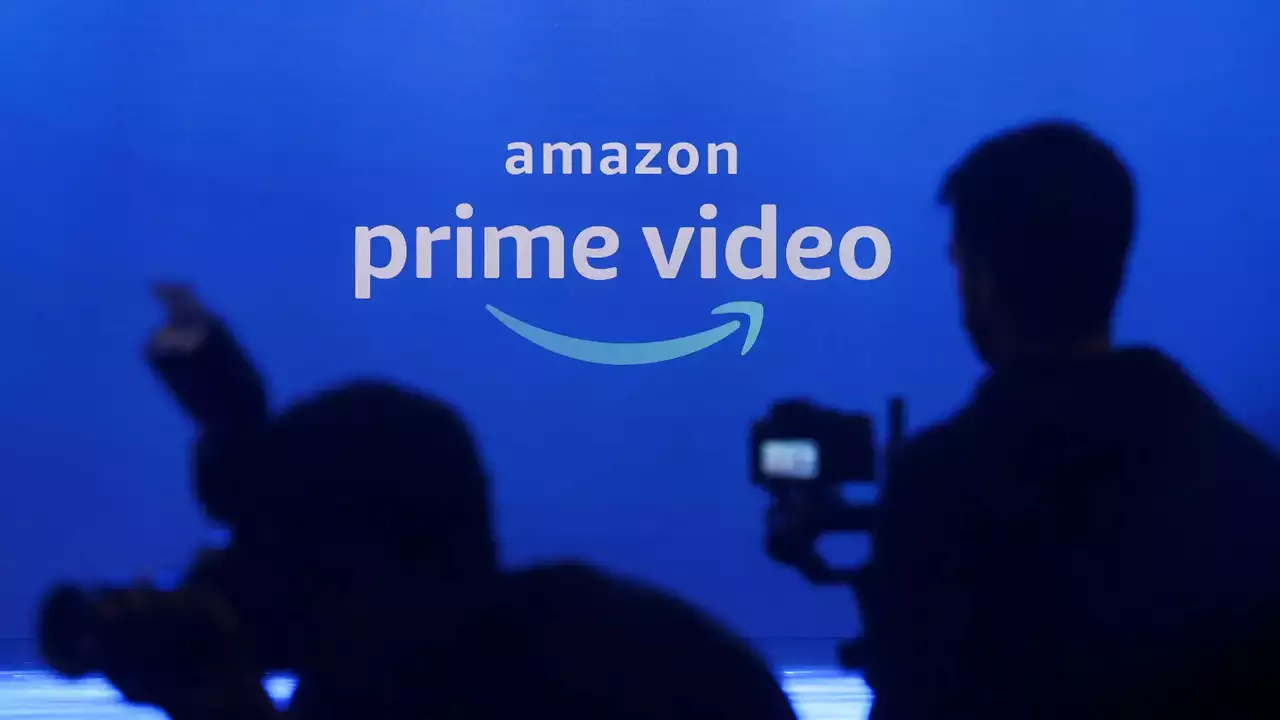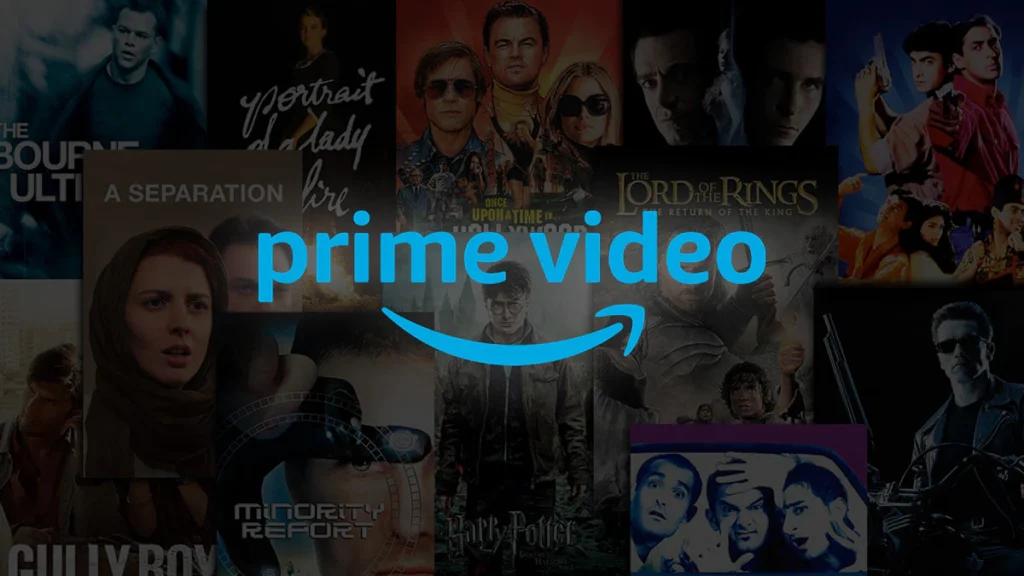Sony Pictures Introduces Add-On Streaming Channel on Amazon Prime Video for Indian Audience

Sony Pictures Stream: Access SPE’s Content on Prime Video Channels for Rs. 399 Annual Subscription
In a strategic move, Prime Video has inked a distribution deal with Sony Pictures Television (SPT), a branch of Sony Pictures Entertainment (SPE), to unveil an add-on subscription service tailored for Indian audiences.Dubbed Sony Pictures – Stream, this offering will grant Prime Video Channels subscribers access to a plethora of movies and shows from SPE’s extensive library. The subscription will be available at an introductory annual rate of Rs. 399.
“We are thrilled to introduce Sony Pictures – Stream, a dedicated Prime Video Channel designed exclusively for our valued customers in India,” remarked [insert appropriate spokesperson’s name or title here].
“The collaboration allows Sony Pictures Entertainment to make their vast and beloved library available in India at a single destination, reaching customers across the length and breadth of the country via Prime Video Channels,” said Vivek Srivastava, head – Prime Video Channels, India.

Sonika Bhasin, Vice President – South Asia, Sony Pictures Television, said with the partnership with Prime Video, Indian audiences can have access to content from SPE’s extensive library of award-winning films and critically acclaimed television series.
“Additionally, in celebration of the 100th Anniversary of Columbia Pictures, a part of Sony Pictures Entertainment, Sony Pictures – Stream spotlights the studio’s history and incredible film legacy by offering customers an incredible array of films from the studio’s beloved vault spanning the decades,” Bhasin added.
Last year in December, it was reported that Amazon would start incorporating advertisements within Prime Video soon. Amazon Prime users in the US reportedly received communication from Amazon informing them that the standard Amazon Prime plan would show ads while streaming movies and TV shows. The company had initially announced the move in September last year and had stated that it would go into effect in early 2024.





















